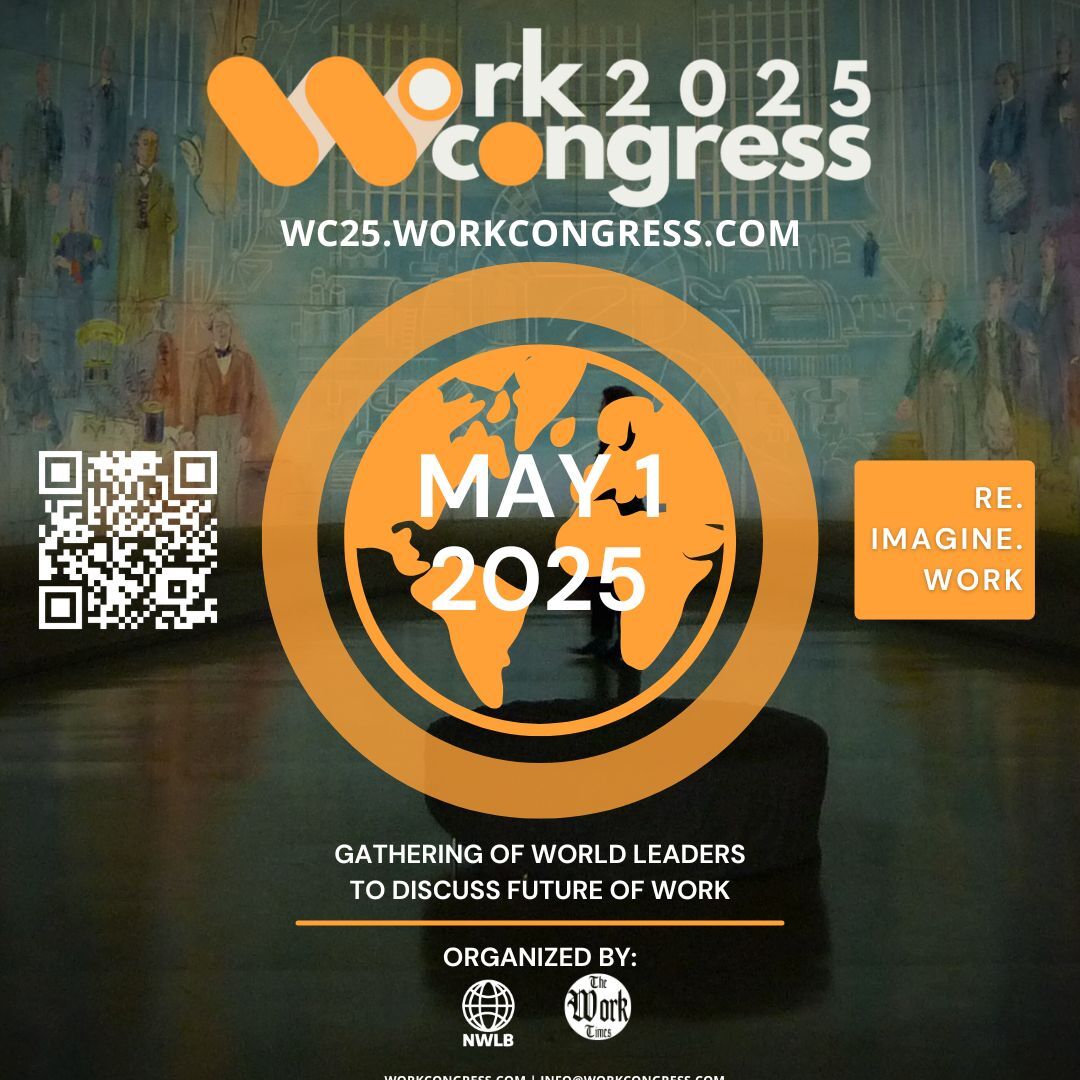The Silver Lining: AI’s Potential to Drive Job Creation
In the age of whispered anxieties and headline-grabbing fears, the narrative surrounding artificial intelligence often skews towards a dystopian fear of job displacement. The specter of automation looms, casting long shadows over industries and labor marketsat least, that’s the story we’ve told ourselves. But what if the machine-driven future we’re hurtling towards isn’t a zero-sum game? What if, instead of a battle between man and machine, it paves the way for a renaissance of job creation?
The story begins with an understanding of what AI truly represents. Far from being harbingers of unemployment, AI systems are increasingly being integrated as tools of augmentation, enhancing human capacities in ways previously unimaginable. They’re helping us build a future where efficiency isn’t synonymous with erasure.
Consider, for instance, the emergence of new roles in sectors that have integrated AI. As tasks become more data-driven, we’re seeing a surge in demand for roles like data scientists, AI trainers, and robot maintenance professionals. These aren’t your conventional job descriptions, yet they represent a growing landscape of employment opportunities spawned by AI innovation.
Moreover, AI is revitalizing industries by creating niches that demand human creativity and emotional intelligenceareas where machines lag far behind. Imagine the burgeoning field of AI ethics and regulation, areas demanding a deft human touch, poised to expand as we grapple with the societal impacts of these technologies.
In the health sector, AI tools are orchestrating a transformation in diagnostics and patient care. However, these technologies require human oversight, new protocol developers, and empathetic patient liaisons who translate technical efficiency into improved patient outcomes. This process of AI integration is not a replacement but a partnershipone that could lead to an exponential growth in healthcare-related occupations.
Retail, logistics, and service sectors similarly are not mere zones of automation but are becoming fertile grounds for jobs that meld technology and human service. AI-driven analytics demand skilled human interpreters to tailor services and innovate solutions, turning cold data into warm customer experiences.
The arts, too, are not immune to this transformation. AI-generated content needs curators, editors, and thinkers to harness its potential, infusing creativity into the blend of man-and-machine co-creation. We see this in AI-designed fashion, AI-assisted filmmaking, and algorithm-driven music, which invite human curators to mold, interpret, and deliver artistic expressions.
As the layers of our economy are digitized, the fabric of our workforce must evolve, weaving new threads of opportunity from the fibers of AI advancement. By embracing this potential, we can ignite a future where AI not only complements but invigorates human endeavor, creating jobs we have yet to imagine.
In challenging the narrative of AI-induced job displacement, we unveil a canvas where the potential for job creation is limitless. It calls for a shift in perspectiverecognizing AI as a partner in progress, an engine of possibility driving the next era of employment.

